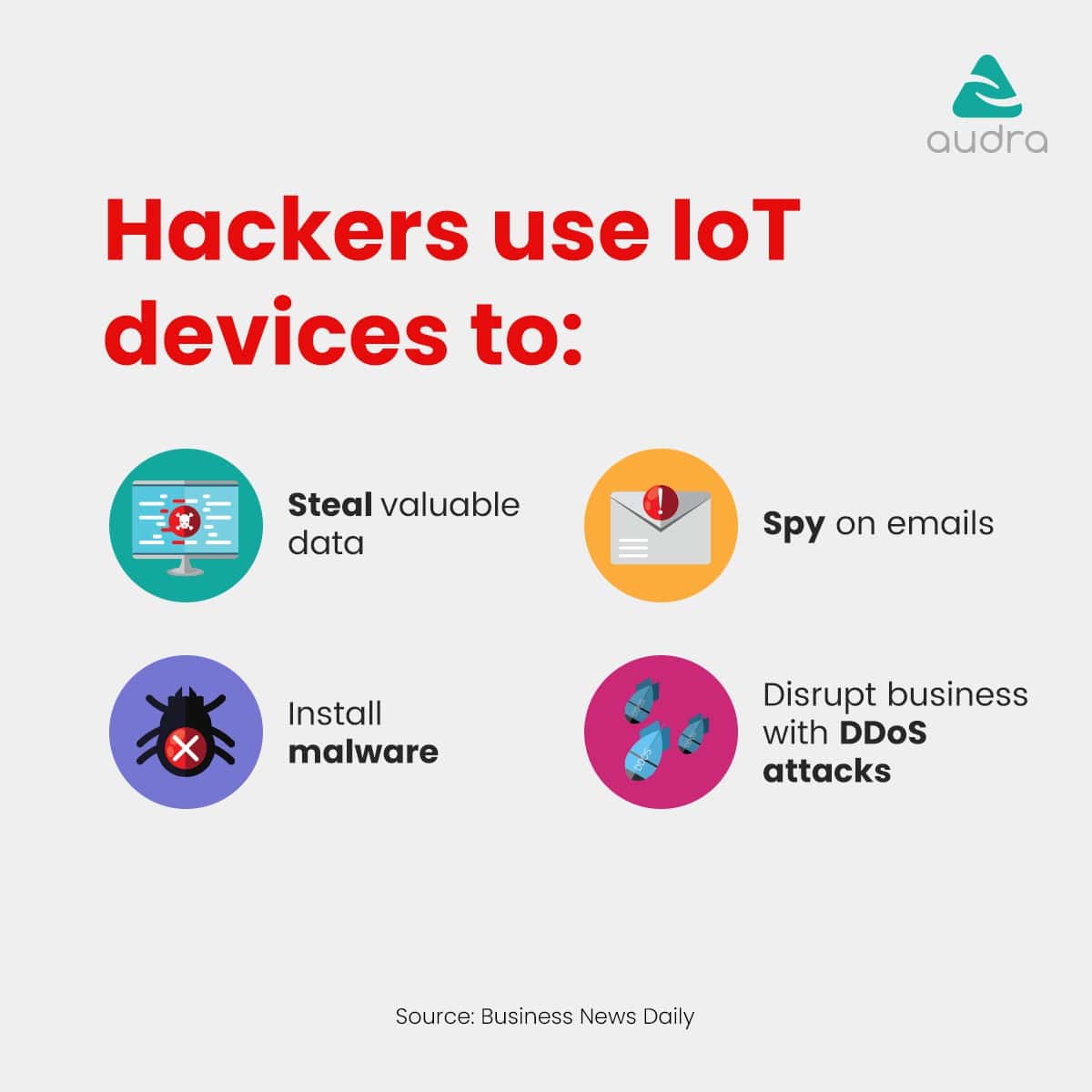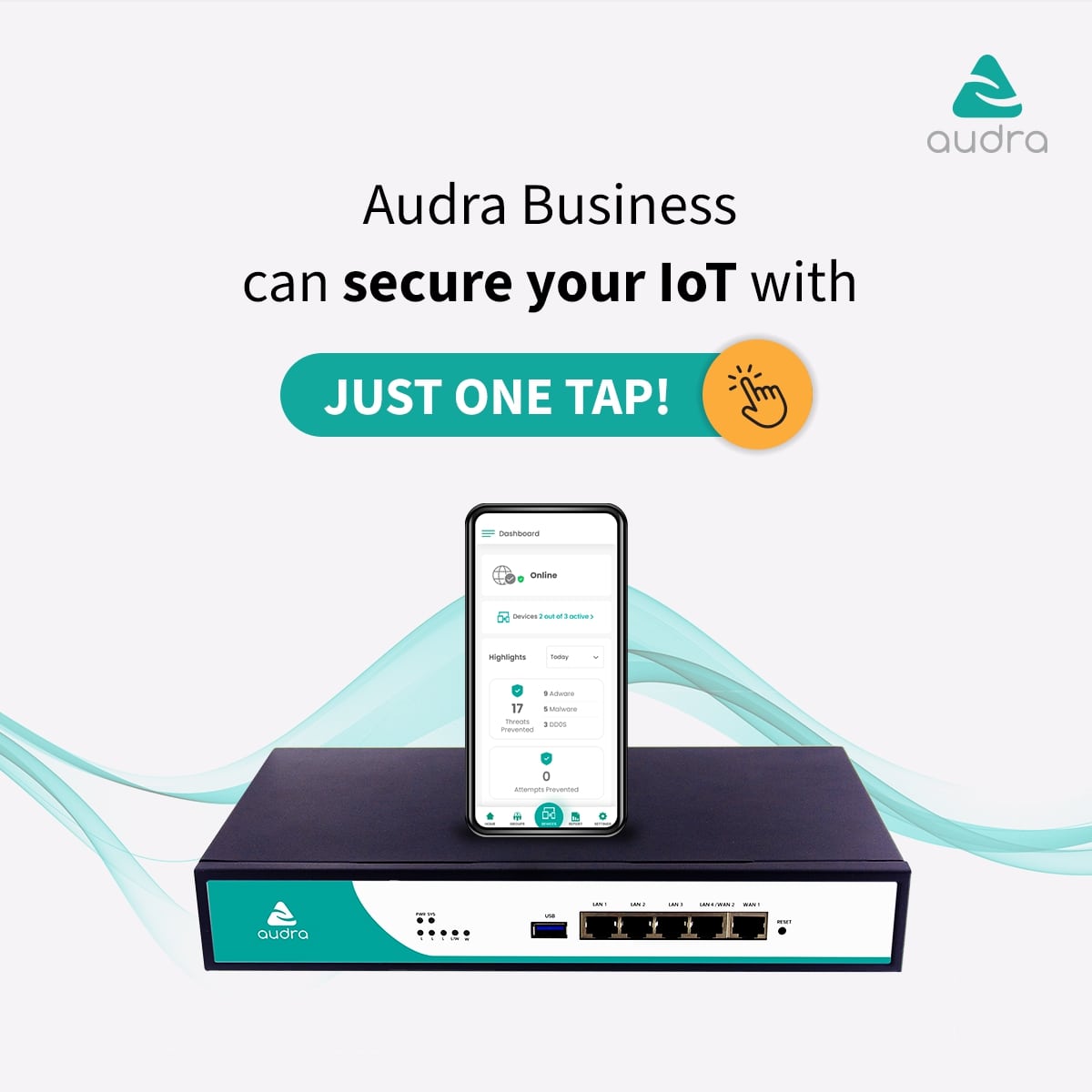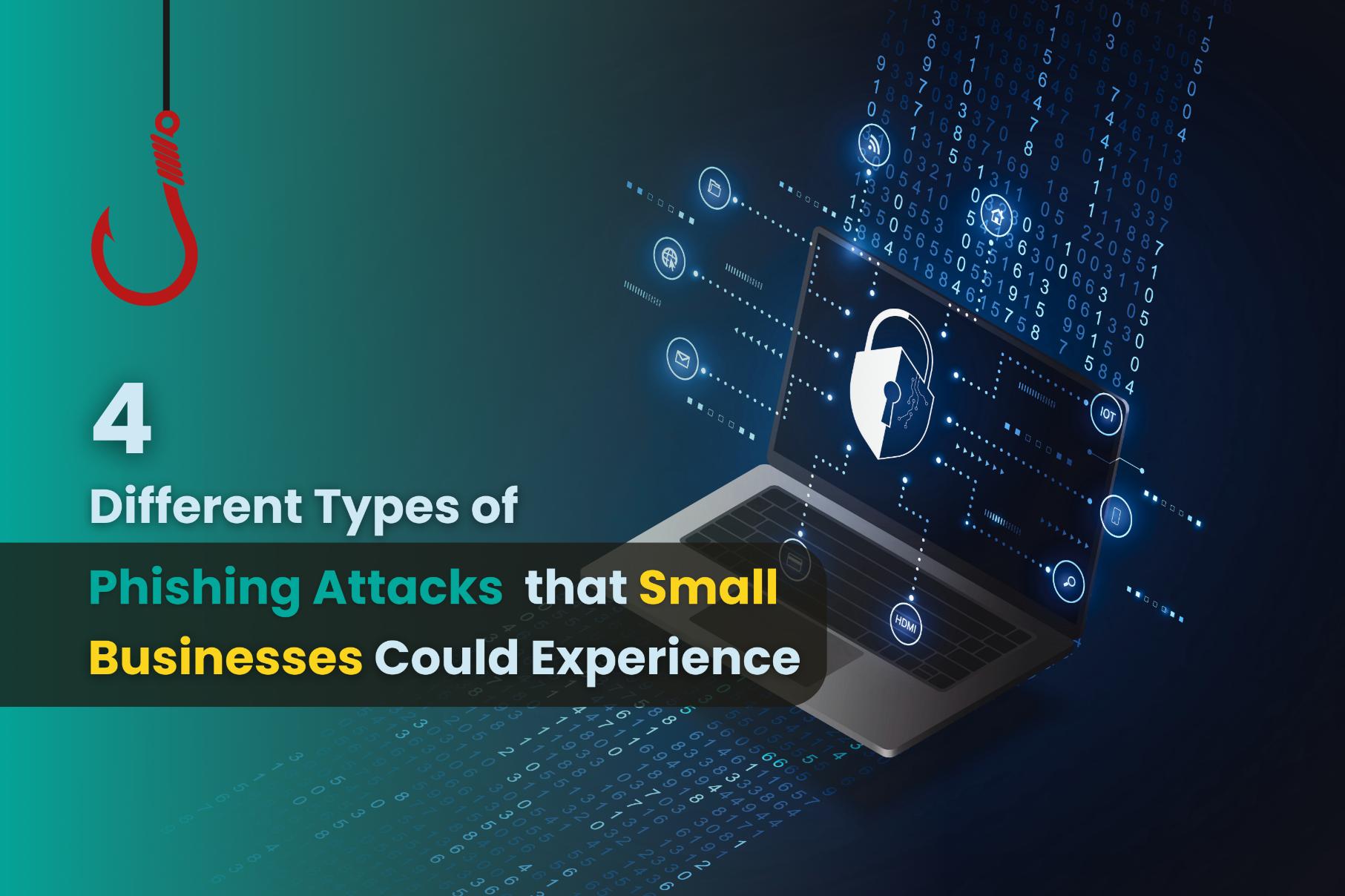Your Iot dependence is opening up cyber security risks! Here's how...

By Chan Wern Shen
4 Minutes Read
- IoT devices are attacked 800 times per hour globally
- IoT devices have weaker security protocols than other smart devices
- A hacker can gain full access to your network by hacking IoT devices
When Internet of Things (IoT) devices made their debut in the early 2000’s, most of us could hardly take them seriously. Internet-connected fridges and vacuums of the time were novelties at best, and offered no practical value besides being technological showcases of what was to come. But fast forward to today, and it’s hard to imagine living in a world without them.
53% of today's SMEs consider integrating emerging technologies from IoT solutions as a crucial factor in staying competitive.
They’re not wrong, as recent studies have shown that current IoT deployments in SMEs have:
-
Increase revenue by reducing business costs
-
Increase efficiency and productivity among workforce
-
Create more business opportunities and better customer experience
-
Minimise environmental impact through better energy efficiency
The widespread use of IoT devices undoubtedly offers many benefits, yet it's crucial to recognize the potential threats they pose. With the total global installed base of IoT devices expected to reach 30.9 billion by 2025, it's evident that as more companies adopt these technologies, security and privacy issues can pose significant risks.
Why do hackers attack your IoT deployments?
Small and medium-sized enterprises (SMEs) are increasingly being targeted by hackers due to their growing reliance on IoT devices. Smaller enterprises are more susceptible to cyber threats due to their less sophisticated cybersecurity measures, including inadequate firewall or network security measures, inferior endpoint security, and weaker data protection protocols. This makes them comparatively easier targets than larger organizations.
This allows hackers to easily detect vulnerabilities within your workplace network and infiltrate it to steal valuable data such as financial data, intellectual property, and customer information to be sold on the black market.
Jose Nazario, Director of security research, recently found that IoT devices are probed for vulnerabilities 800 times per hour by attackers from across the globe. Although CCTV systems are often identified as one of the most vulnerable points of attack, various reports suggest that VoIP video-conference systems, cloud printers, smart TVs, and even digital thermostats can also be targeted by vulnerability scanning due to their weak endpoint security protocols.
Protecting Your SME from IoT-Based Attacks
IoT devices such as CCTV cameras or smart TVs, are particularly vulnerable to hacking because they often lack the security features and updates of traditional computing devices. Because IoT devices are constantly connected to the internet, they are at risk of easily being accessed remotely by cybercriminals if you do not have the right network security measures in place.
You may be wondering why a hacker would target your cloud printer or take over your office's digital thermostat. They're not doing it for harmless pranks like printing silly messages or changing the temperature. The truth is, the motives behind these attacks can be far more sinister and dangerous.
Once a hacker has gained control of an IoT device, they can use it to gain access to other devices on the same network. In an office environment, this means they would get access to shared storage devices, and to an extent, any other laptop or computer that’s online at the same time.
This access then allows them to perform:
-
Malware attacks: Hackers can install malware directly onto compromised devices without the user's knowledge. This could give the hacker full access to your device, and allow them access to confidential data within.
-
Ransomware attacks: Hackers can also install ransomware onto compromised devices, which completely lock up a device and render it unusable until a ransom is paid to the hacker.
-
Botnet enslaving - Once infected with a specific type of malware, a hacker can turn all the devices on a network into zombie devices that are used to perform DDoS attacks on other individuals or companies. Hackers can also utilise the computing power of your devices to perform cryptocurrency-mining tasks without your knowledge.
How to Implement Effective Cybersecurity Measures Against IoT Vulnerabilities
Now that we have discussed the potential threats that come with using unsecured IoT devices in an office setting, it's time to look at ways to improve cyber security. Implementing effective cyber security measures is crucial for protecting your business's sensitive data, financial information, and customer privacy.
-
Deploy a firewall solution:
The first, and arguably most important solution, is to deploy a firewall to protect your office network. A firewall acts as a gatekeeper that decides what can go in and out of a network. This means that any hackers who are trying to peep into your network to look for network vulnerabilities will be stopped in their tracks.
A properly set up firewall will allow legitimate data in and out of your network at any time, ensuring that your network and all the sensitive data within it stays protected at all times. Audra Business is an example of a simple to use, easy to deploy, cost effective yet fully functional solution for SMEs. It requires very little physical space to be installed in, and in just one click, can be set up as the gatekeeper to protect your network. -
Monitor incoming and outgoing traffic:
Monitoring of traffic without the right tools can be a daunting task. This is because our digital devices often have different network identifiers than what we’re used to. For example, a typical firewall might identify our computer by its MAC number instead of the set device name. This makes the task of identifying networked devices more difficult for novice users.
That’s why Audra Business gives you more than one way to identify a device. This makes it easy to group approved devices by department, so that you know who is connected and has access to your network at any given time.
The dashboard in Audra Business also lets you identify how much data is being sent and received by each individual device on your network. This simplifies the task of monitoring traffic, allowing you to spot potentially compromised devices at a glance. -
Set stronger digital policies:
If you’re using Audra Business, and have sorted the approved devices into groups, the next level of security that you can deploy is to set rules for these groups.
This function lets you determine what certain groups of your workforce can access while on the office network, which reduces the chance of machines getting infected by malware, adware or ransomware. Audra also lets you input a list of pre-approved sites to eliminate the success of any phishing attacks.
For example, when grouped correctly, members of the finance team will only be allowed to access related pre-approved apps, websites and services from their work devices. Any attempt at phishing from hackers can be stopped automatically by Audra.
Protect the IoT devices in your office network today with Audra Business! Click here to find out how you can get Audra today.





